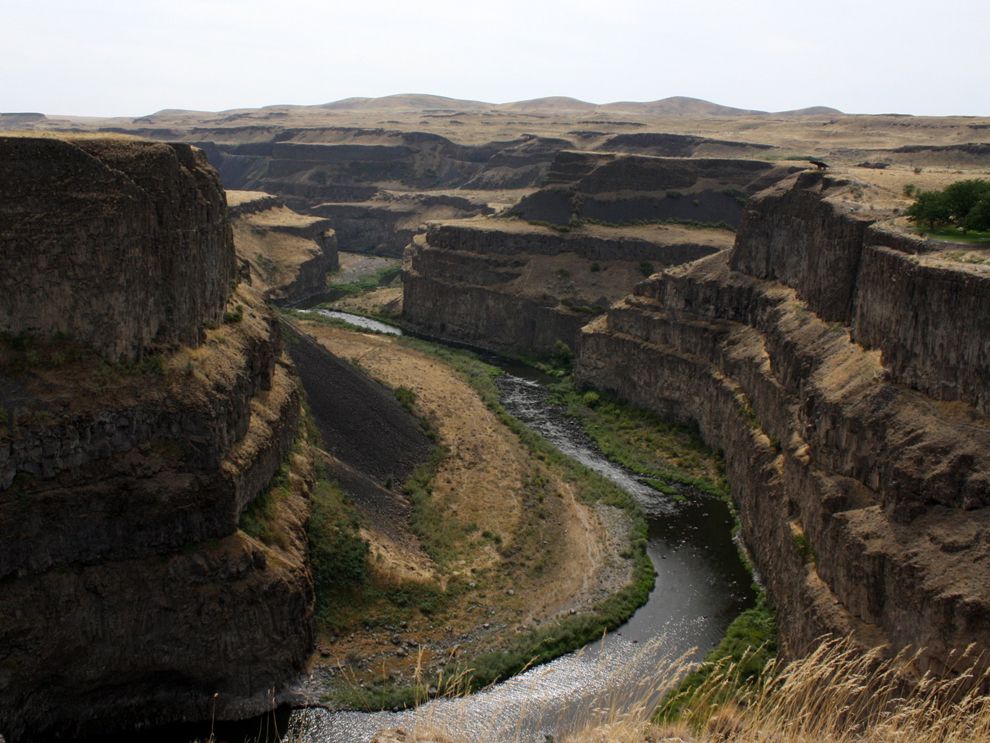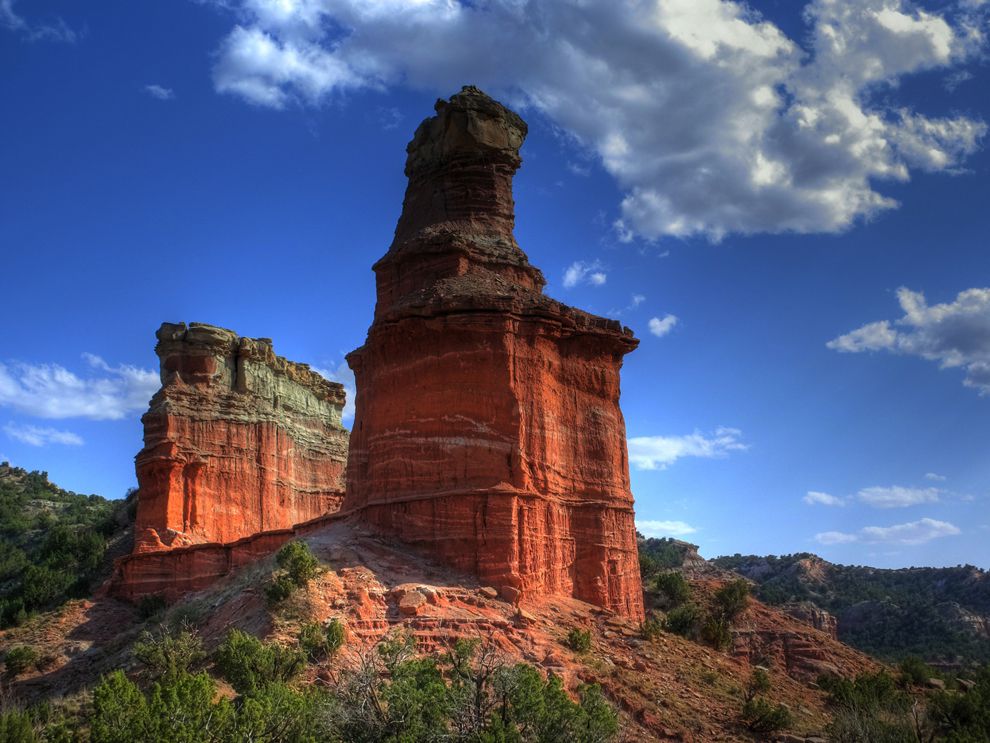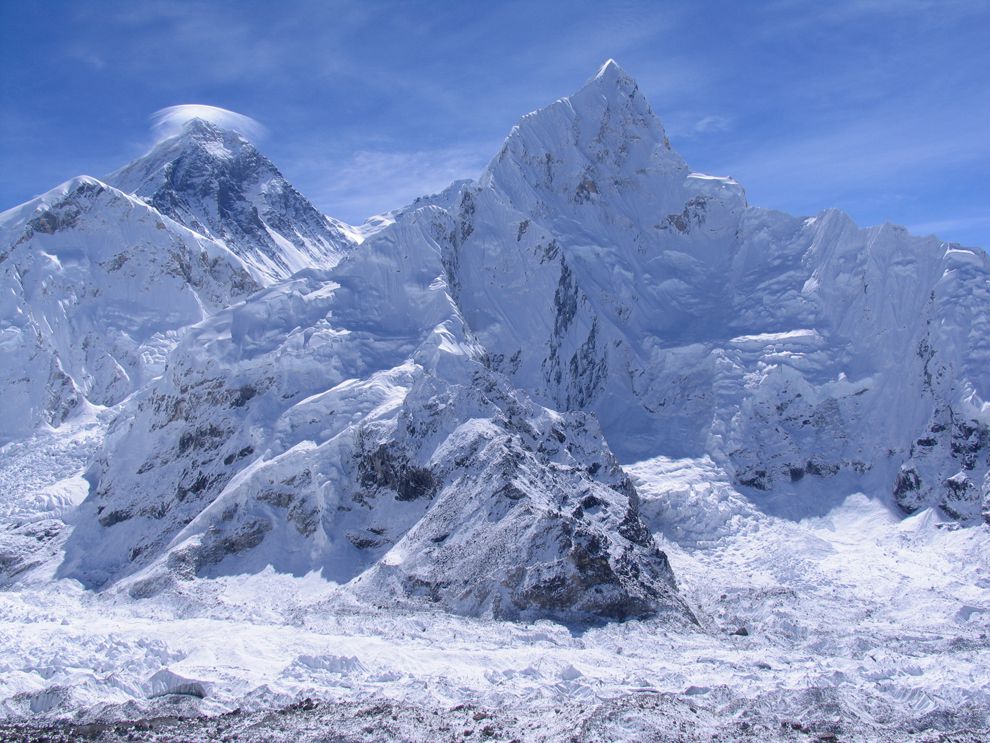LANDFORMS AND IT'S TYPE.
GEOGRAPHICAL LANDFORMS

A landform is a feature on the Earth's surface that is part of the terraint, mountains,hills,platues and plains are the four major types of landforms. Minor landforms include buttes,canyons, valleys and basins.
Tectonic plates movement under the Earth can create landforms by pushing up mountains and hills. Erosion by water and wind can wear down land and create landforms like valleys and canyons. Both processes happen over a long period of time, sometimes millions of years.

The highest landform on Earth is a mountain: Mount Everest in Nepal. It measures 8,850 meters (29,035 feet) above sea level. It is part of the Himalaya range that runs across several countries in Asia.

Landforms can exist under water in the form of mountain ranges and basins under the sea. The Mariana Trench the deepest landform on Earth, is in the South Pacific Ocean.
VIDEO OF THE DAY -
~~~~~~~~END~~~~~~~
Comments
Post a Comment